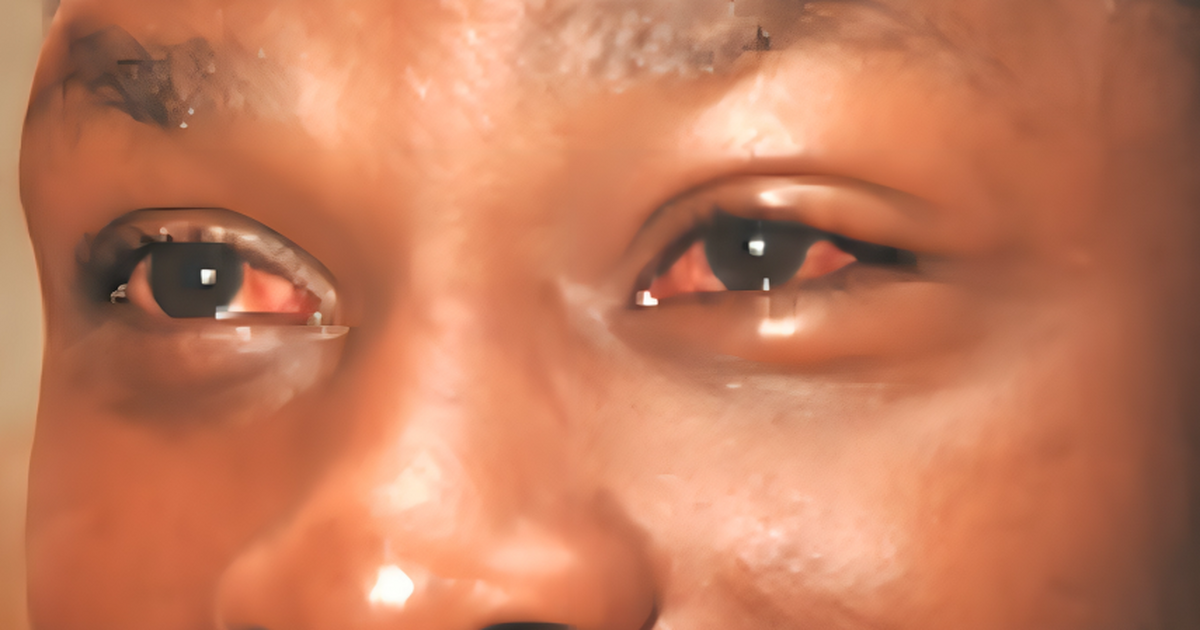The fusion of art with architecture in a residential building is an intriguing science of elevating luxury living and that, exactly, is what Yinka Shonibare has done in his Lagos home which comes off easily as a sanctuary for creatives.
Shonibare is a celebrated British Nigerian multidisciplinary artist who returned to his hometown of Lagos in 2014 for the first time in more than two decades.
With the founding of his Guest Artists Space (GAS) Foundation, a non-profit outfit dedicated to research which facilitated international cultural exchange in 2019, came the opening of the foundation’s two locations in 2022. The foundation fosters the next generation of creatives through 4-12-week residencies.
Shonibare believes Nigeria is a fairly conservative culture and, so, wants artists to feel that they can actually move beyond the boundaries of what’s expected of them to start thinking outside the box.
“You have a space in which you can experiment and, hopefully, being able to explore without financial pressures will then lead to discovery,” he reasoned.
GAS is tucked away in the bustling Oniru enclave. It is an airy three-storey space and doubles as a getaway for Shonibare, who remains based in London. To build this masterpiece where architecture is laced with art, Shonibare worked closely with the Ghanaian British architect, Elsie Owusu.
He also worked with a Nigerian architect and interior designer, Nihinlola Shonibare (his sister-in-law), to realize his vision which, seamlessly, fuses traditional Yoruba and Brutalist design principles. The artist also took inspiration from the work of pioneering minimalist, Tadao Ando, as well as Le Corbusier’s iconic Villa Savoye.
In the lounge of the building, a Wendy love seat by Porada and a Duchamp sofa from The Sofa & Chair Company wrap around a Balkan coffee table by PH Collection. Vintage Nigerian artists are displayed on the shelves and these are Ian Davenport © 2024 Artists Rights Society (ARS), New York / DACS, London, and Rotimi Fani-Kayode/Autograph, London. Uzor Ugoala and Ranti Bam are also on display.
GAS is centered on a meditative pond with Vernonia elliptica cascading from surrounding balconies, with its central courtyard, a staple of traditional Yoruba homes, functioning as a community gathering ground and performance space.
Read also: Student housing: Investor boosts supply with 5000 affordable units in 5 campuses
Writing on ‘ Yinka Shonibare: Inside an Artist’s Sanctuary for Creatives,’ Lola Ogunnaike, quoted Shonibare as saying, “there’s something lovely about the intimacy here” as he reflected on the awesome building.
Naturally, art abounds throughout the building. An ancient Malian door and Bruce Onobrakpeya reliefs mix effortlessly with Jimoh Buraimoh’s beaded mosaics, Twins Seven-Seven mixed-media works, and Khadija Saye’s silkscreen prints.
Shonibare is known for his dynamic wind sculptures, Ankara fabric-clad statues, and monumental outdoor installations like 2010’s Nelson’s Ship in a Bottle. His ground-breaking work has earned him countless accolades over the past three decades, including a CBE in 2019.
He is a practical demonstration of the saying that there is ability in disability because, though he lost mobility after contracting transverse myelitis, a disease that afflicts the spinal column, at 18, he remains undaunted as his disability has done little to slow him down.
Using a wheelchair, he navigates his sanctuary via an elevator and an outdoor steel ramp (discreetly concealed behind a lacelike concrete façade designed by the artist) that runs the length of the building’s exterior, providing easy access to a tranquil therapy pool just off the primary suite and a sun-saturated rooftop garden teeming with Alpinia and miniature date palms.
Vernonia elliptica, also known as curtain creeper, drapes over the balcony surrounding the central courtyard.
Whether it is the interior or the exterior, GAS is a captivating edifice but the interior has an edge. Here, there is an arresting image by the late photographer, Rotimi Fani-Kayode (a Robert Mapplethorpe contemporary) which hangs above a hand-carved Jean Servais Somian sideboard, featuring a gaggle of Gelede masks and an Ife head.
Designer Nifemi Marcus-Bello’s M2 shelf made of African mahogany and powder-coated steel plays nicely with a contoured Gaulino chair. Serge Mouille wall lights beckon from Shonibare’s bedroom walls, while woven baskets scored at Lekki market are deployed throughout the building.
According to Sonaike, Shonibare’s own creations feature prominently as well. A winsome fiberglass sculpture painted in his signature Dutch wax pattern stands proudly near the kitchen; a framed pictorial quilt that references Picasso’s African art collection presides over the dining room.
“In the primary bedroom, an artwork by Jimoh Buraimoh hangs above a bespoke bed and headboard by The Origin Design Company. Bed pillows are in Banke Kuku fabric; Serge Mouille sconces, and Riva 1920 bench.
Shonibare and his sister-in-law were committed to using local artisans, contractors, and materials for the project. From bedside tables to glass balustrades, “more than 60 percent of the items in the space were made in Nigeria, which Yinka is very proud of,” the sister in law noted, adding, “it is important that people see that great things can come from here.”
Sonaike notes that GAS Foundation is one of a handful of artist-led project spaces that have opened across West Africa in recent years, listing Kehinde Wiley’s Black Rock in Dakar, Amoako Boafo’s dot. ateliers in Accra, and Ibrahim Mahama’s Savannah Centre for Contemporary Art in Tamale.
Shonibare attributes the proliferation of residencies to the growing “economic viability” of African artists and a unique understanding of their own art environment’s challenges. “In Nigeria, if you want to get things done, it’s up to the private sector; I’d say the same for most African countries,” he said.

 3 hours ago
6
3 hours ago
6







